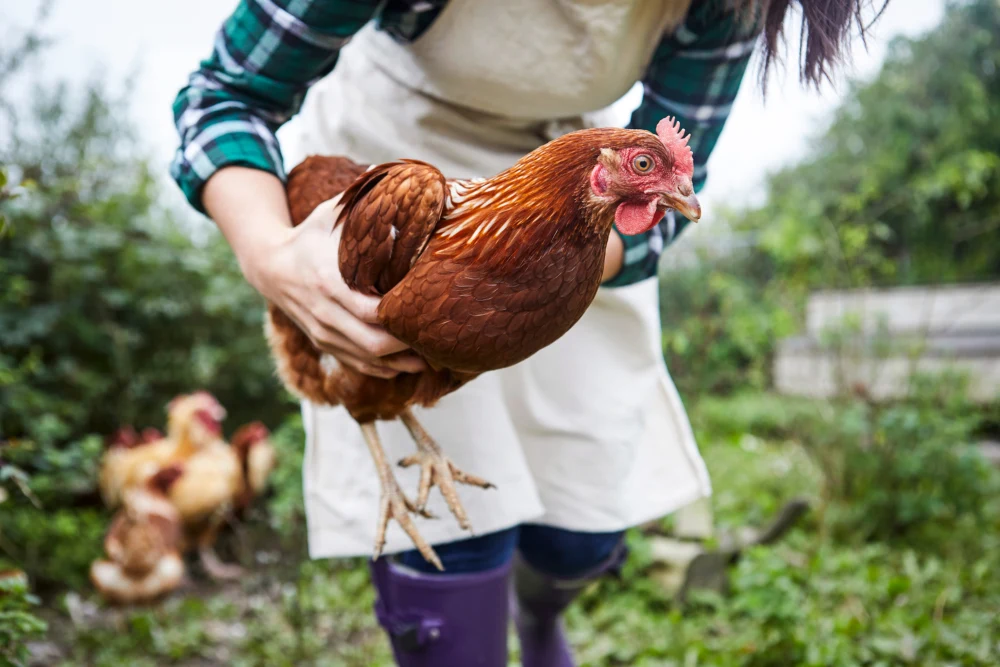Bird flu cases in people quietly tick up, with dozens reported across 6 states

The most recent developments in Washington state involve four instances of farmworkers contracting the virus, adding to the growing number of human infections nationwide as the virus spreads among livestock.
A Brief Overview
- The number of confirmed bird flu cases in Washington state has risen to 31 following the identification of four additional suspected infections among farmworkers.
- Experts express concern over continued transmission among cattle, although they assess the likelihood of the virus adapting for human-to-human transmission as minimal.
- Flu season poses increased dangers due to the potential exchange of genetic material between viruses when multiple strains infect a single host.
This week, Washington state reported an additional four instances of avian influenza affecting farmworkers. This marks the latest in a series of human infections emerging nationwide, mirroring the ongoing spread of the virus among farm animals.
Washington becomes the sixth state to identify human cases of avian influenza, a virus that has rapidly disseminated among wild birds, poultry, and cattle. If the Centers for Disease Control and Prevention validates the state’s positive diagnoses, the total number of confirmed cases in the United States will rise to at least 31.
According to specialists in influenza, the potential for a more widespread human outbreak will persist as long as the virus continues to spread unchecked among animals.
Dr. Amber Itle, the veterinarian from Washington state, expressed concern about the potential of the virus lingering in the environment, jumping between different animal species, mutating unpredictably, and possibly evolving into a new global pandemic.
Health officials currently assert that the virus has not undergone significant genetic alterations enabling it to transmit among individuals.
Dr. Umair Shah, Washington’s health secretary, highlighted the absence of concrete proof regarding continuous human-to-human transmission. This development marks a significant milestone, prompting a deeper scrutiny of the virus.
Tuesday morning, a CDC spokesperson mentioned that a federal team would be sent to Washington and reassured the public that the risk level remained minimal.
Farmworkers at the forefront are increasingly worried about the virus. The most recent four instances occurred in individuals who had euthanized birds at a large-scale egg farm affected by an avian influenza outbreak in chickens.
The workers identified by Shah were members of a contracted team assigned the duty of depopulating — or euthanizing — all chickens at the large farm situated in Franklin County, located in southeastern Washington, and housing over 800,000 birds. Itle mentioned that these workers were equipped with full protective gear including Tyvek suits, goggles, and respirators.
She mentioned the scorching heat and dusty conditions, emphasizing the large number of birds clustered together, leading to significant viral exposure.
After the task, four individuals who were tested positive experienced slight respiratory issues and conjunctivitis, commonly known as pink eye, which are now recognized as typical symptoms of the infection. Fortunately, none of these individuals required hospitalization.
Dr. Richard Webby, who heads the World Health Organization Collaborating Center for Research on Influenza in Animals and Birds, noted that the cases in Washington follow a familiar trend seen nationwide, where workers responsible for euthanizing sick animals have also contracted the illness.
The mysterious case of a single human infection in Missouri has left scientists and health authorities perplexed as the individual had no known contact with animals. The mode of exposure remains unclear, pending additional test results that may shed light on this puzzling situation, as reported by the CDC. Furthermore, six healthcare workers who came into contact with the patient have displayed respiratory symptoms.
The heightened level of concern among experts stems from the 10-month spread of the virus in cows, as they are mammals that interact with humans regularly. This raises the potential for the virus to undergo mutations that enable human-to-human transmission.














